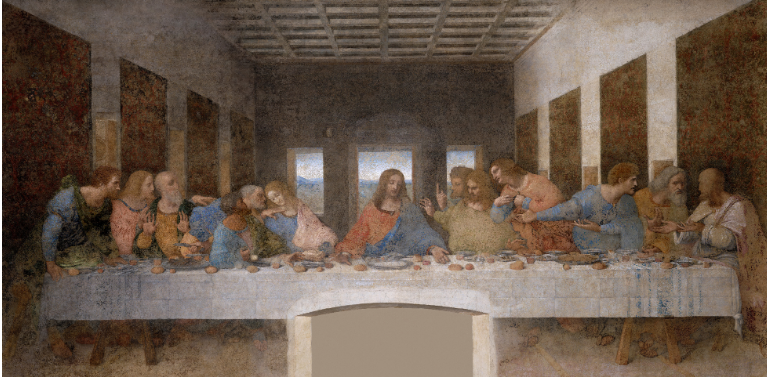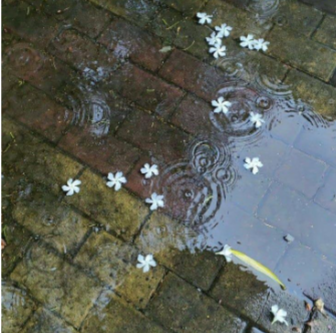Frances Ha: In pursuit of Happy Dreams by Blanka Pillár
- May 5, 2023
- 2 min read
'I'm so embarrassed. I'm not a real person yet.'
A film of liberation and anxiety, of growing up and dreams, Frances Ha (2012) evokes both the French New Wave and the world of Brooklyn independent cinema while speaking to us in half-words.

Via Thelma and Alice
The movie belongs to the mumblecore subgenre of art film from the 1920s, based on naturalism, lifelike dialogue, low-budget shooting, natural acting and often improvised scenes. The essence of such stories is not necessarily the plot, but the elaboration of the personalities, the mood of the flick, the message and the acting. This focus on the characters makes it easy for the viewer to identify with them, which is one of the reasons why Frances Ha is so likeable.
This tragicomedy follows the journey and struggles of Frances Halladay (Greta Gerwig), an unusual twenty-seven-year-old girl, as she goes through the ups and downs of growing up. She stands out from her dedicated and motivated peers, as she has no home or steady job, sometimes dances in the street and occasionally falls while running. Frances is like an uninhibited adolescent in many ways: the most important person in her life is her best friend; she does not notice when a boy courts her, she cannot find her place anywhere, but she looks at the world with childlike optimism and endless love. She constantly develops, searching for her role in society and among her friends, thinking, feeling, and trying. The film speaks openly about the issues and problems facing the generation; it brings to life the fear of the future and shows with robust realism the ups and downs of everyday life and the issues shared by people from different backgrounds. The work shows that a conventional vision of the future is not necessarily the only option in life. The most important thing is to achieve our happiness while keeping ourselves content, even if this means making changes.
Frances Ha is lyrical, emotional, humorous, dramatic, intimate, honest and topical. It was made using the medium tones of the camera and including video noise that lends a warm intimacy. It is also one of the most colorful films of recent times, which is interesting considering that the whole film is shot in black and white, focusing more on the characters' goals, motivations, gestures and facial expressions, allowing the audience to get to know the world we are all part of and bystanders to.
Blanka Pillár (she/her) is a sixteen-year-old writer from Budapest, Hungary. She has a never-ending love for creating and an ever-lasting passion for learning. She has won several national competitions and has been a columnist for her high school’s prestigious newspaper, Eötvös Diák. Today, she is not throwing away her shot.



Comments